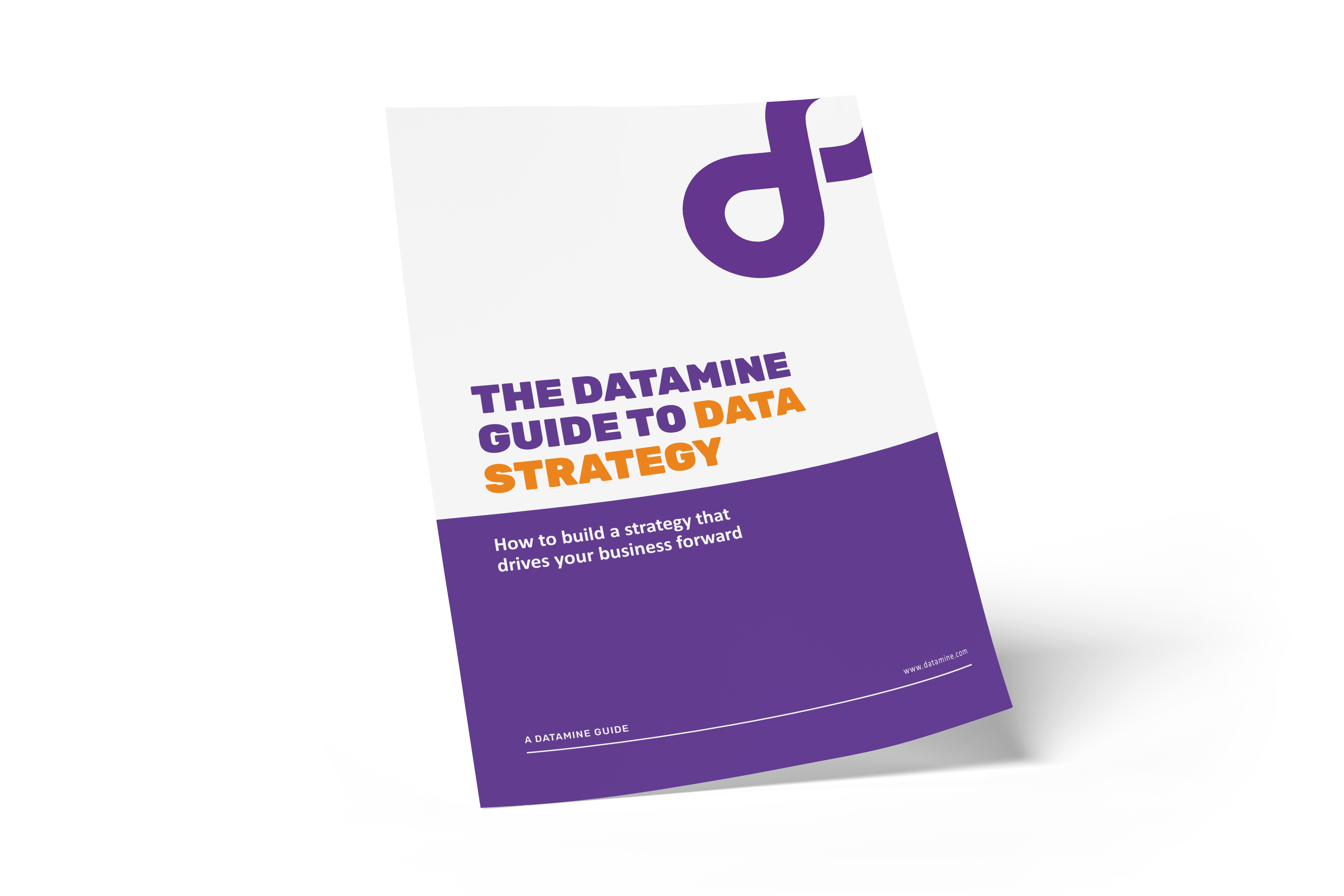Organised and well-structured data is key to better decision-making, maximising output and efficiency, and exceptional customer experiences.
Organised and well-structured data is key to better decision-making, maximising output and efficiency, and exceptional customer experiences.
Improve analytics and decision-making
Leverage technology investments
Reduce costs for data storage and management
MAKE DATA MORE USABLE
Data cleaning validates, reformats, updates and enhances business information to make it more usable and valuable. Some common data-cleaning processes include:
![]() ADDRESS CLEANING
ADDRESS CLEANING
Matching addresses to postal address files lets us account for variations in the way people fill out forms. We can standardise formats, verify information like gender, addresses, phone numbers and more, and flag customers who meet certain criteria.
De-duping is essential if you’re merging data from across departments, locations and systems. This intelligent process automatically finds likely matches, not just identical entries to create and maintain a single view of customers.
Matching arranges your data into groups based on set criteria. For example, it will group people who live together by matching on address data or identify likely duplicates before a merge. This process makes use of data more efficient and allows cross-selling and consolidation.



The process
After completing market research, an insurance customer still felt in the dark about who its customers were, how they behaved and how to generate additional sales across its various offerings. Our client had only a general idea of the brand’s market share – it needed to dig deeper into the data to better understand its customers and what products they were interested in.
The result
Datamine experts worked alongside the client to clean data extracted from three different customer systems. This process ensured the data was set up to deliver the insights our customer needed to make better decisions and investments. The project costs were quickly recouped through more effective marketing activities that led to the addition of new policies and higher sales figures.
Data cleaning pricing depends on the number of data sources you use, how messy your current data is, and how much of the process you can do in-house. We’ll also consider your goals for getting clean data – what will you do with the data once tidy, and how much logic will you need to deliver that?
See costing guidelines for solutions that include data cleaning on our pricing page.
Gathering data isn’t enough to improve organisational decision-making, efficiency, productivity and the use of AI and automation. It also needs to be clean, well-structured and usable – that’s where data cleaning comes in. Contact us to kick-start the process now.
Stay in the loop with our latest updates by signing up for our newsletter today!